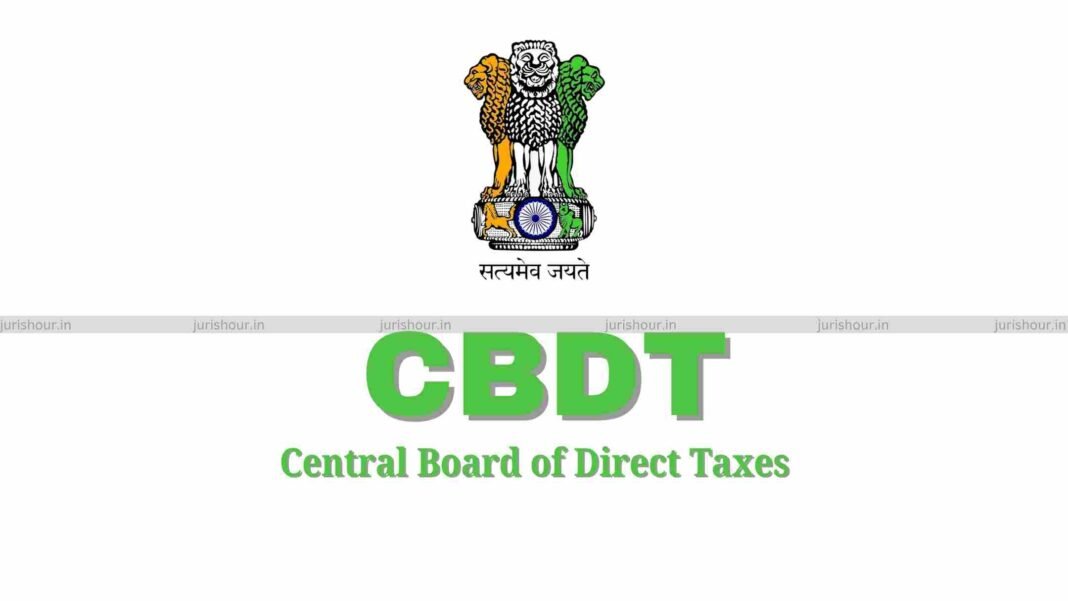In a move aimed at standardizing the assessment of capital gains arising from Joint Development Agreements (JDAs), the Central Board of Direct Taxes (CBDT) has issued a detailed “Best Practices and Standard Operating Procedure (SOP)” for identifying and verifying cases under Section 45(5A) of the Income Tax Act, 1961. The guidelines, circulated through an office memorandum dated 15 September 2025, seek to streamline processes across jurisdictions and enhance compliance and revenue collection.
Background and Objective
Prior to the introduction of Section 45(5A) through the Finance Act, 2017, landowners entering into development agreements were liable to pay capital gains tax in the year the agreement was signed—even before receiving their share of the developed property. This often created hardship, as tax liability arose without actual monetary inflow.
Section 45(5A) was enacted to provide relief to individual and Hindu Undivided Family (HUF) landowners by deferring the tax liability to the year when the completion certificate for the project is issued by the competent authority. The deemed consideration for computing capital gains is the stamp duty value of the landowner’s share in the project on the date of such completion, plus any monetary consideration received.
Background to the Current SOP
The CBDT, through its letter dated 21 October 2024 (F.No.434/07/2024-IT(DAC)), had directed its investigation wings to collect data on completion certificates issued by competent authorities for the last three financial years (FY 2021-22 to FY 2023-24). The directive also called for the identification of authorities responsible for issuing occupancy-cum-completion certificates and assessing the feasibility of integrating such data with the Income Tax Department’s systems.
Following these instructions, the DGIT (Investigation), Kolkata Charge carried out a comprehensive review and successfully developed a model process for identifying undisclosed capital gains from JDAs.
Best Practices Adopted by Kolkata Investigation Wing
The Kolkata model, which forms the basis of the new SOP, relies on data-driven analytics and inter-agency information sharing. The key steps include:
- Use of RERA/HIRA Data:
Investigators access state Real Estate Regulatory Authority (RERA) or Housing Industry Regulation Act (HIRA) portals to identify registered and approved real estate projects executed through JDAs. - Identification of Relevant Projects:
Projects involving landowners who are individuals or HUFs are shortlisted by reviewing publicly available project and agreement details. - Cross-Verification with Tax Returns:
Using the CPC 2.0 portal, the corresponding income tax returns for the year of completion are examined. - Checking Capital Gains Disclosure:
The Schedule-CG (Capital Gains) in the return is reviewed to verify whether the taxpayer has disclosed the capital gains as per Section 45(5A). - Follow-up through Summons:
In cases of non-disclosure, a summon under Section 131(1A) is issued to the landowner to obtain an explanation and supporting documents.
Data-Driven and Transparent Enforcement
CBDT emphasized that this methodology allows tax authorities to proactively identify non-compliance rather than depending on chance information or third-party references. The approach ensures that enforcement remains non-intrusive, transparent, and evidence-based.
If RERA data is incomplete or unavailable, the SOP directs officers to approach the concerned development authorities directly for information on JDA-related projects.
Nationwide Implementation and Reporting
The Kolkata model will now serve as a template for all investigation directorates across India. Each charge has been directed to adopt similar practices to ensure timely assessment and safeguard tax revenue.
Directorates have been instructed to send their implementation reports to CBDT by 31 October 2025. The circular has been issued with the approval of the CBDT Chairman.
Read More: ‘Service Apartments’ to Be Treated as Commercial Construction, 12% GST Payable: AAR

